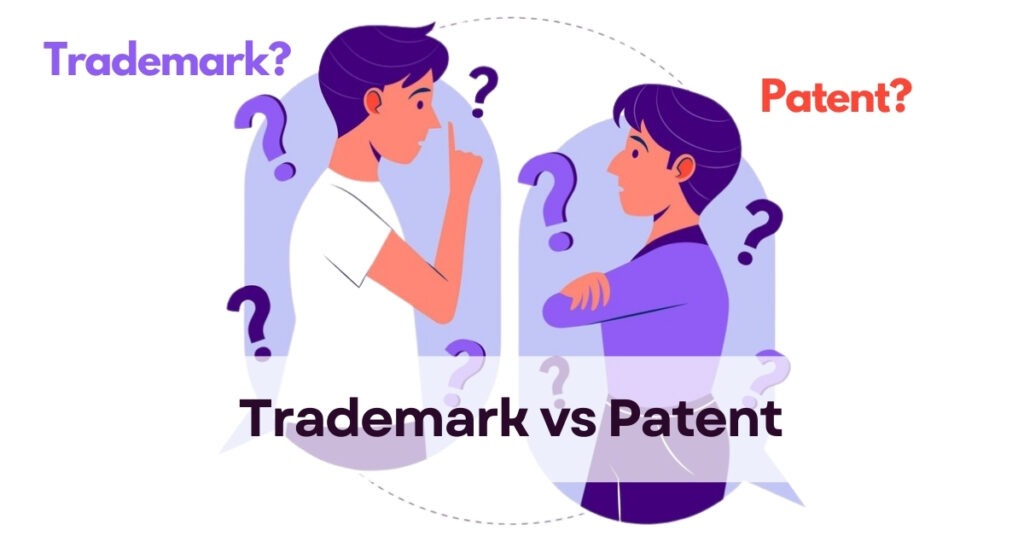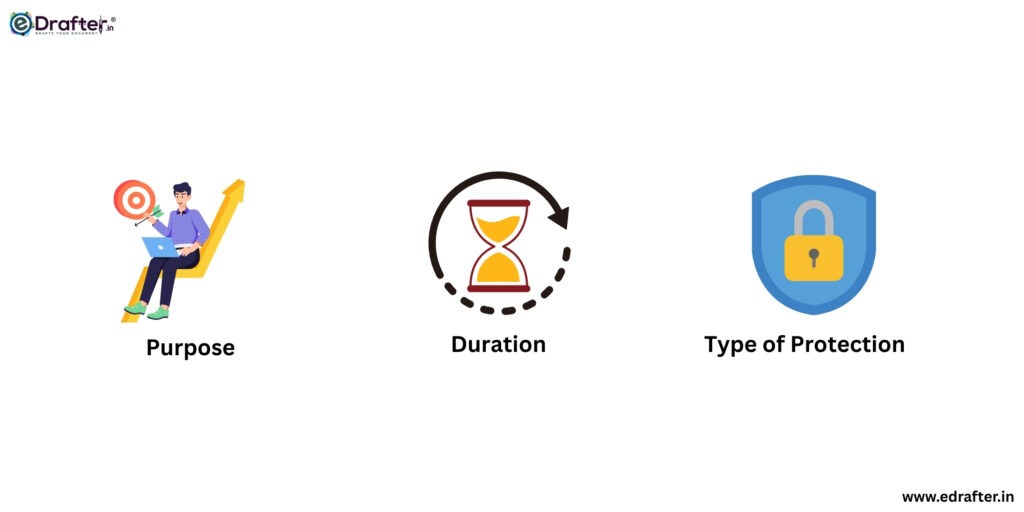
If you’ve ever dreamed up a creative brand, plan, or technology, you’ve probably heard the terms trademark vs patent thrown around a lot. But what are they, precisely? And more importantly, how are they different? Most people confuse these two, but they’re used for completely different purposes. In this blog, we’ll explain them simply, using celebrity examples to make them even easier.
What is a Trademark?
A trademark is a symbol, word, phrase, or design that distinguishes a brand from others. It’s all about branding and recognition. Think of the golden arches of McDonald’s, or even the word “Coca-Cola.” These trademarks ensure that no one else can use these identifiers for similar products or services, protecting the brand’s identity. If a business wants to prevent others from using its brand elements, it registers a trademark with the appropriate government agency (like the USPTO in the U.S.).
Examples:
- Apple’s logo – The iconic bitten apple
- Nike’s slogan – “Just Do It”
- McDonald’s jingle – “I’m Lovin’ It”
What is a Patent?
A patent offers protection for new inventions, processes, or innovations. A patent grants the inventor an exclusive right to make, use, along sell the invention. This is for a legally defined period (typically 20 years). For example, if someone invented a bulb powered by a battery that lasts a full month, that person would patent the bulb to guarantee nobody copies or sells it without permission. Patents are quite important to all tech firms and every inventor because they safeguard all work and all innovation against any imitation by others.
Example: The iPhone design – Patented by Apple
What are the differences between trademarks and patents?
Trademarks and patents are two different types of intellectual property rights, each designed to protect different aspects of creative and commercial activity. Understanding their differences is essential for anyone involved in business, innovation, or branding.

1. Purpose
The core purpose of a trademark is to protect brand identity. It ensures that consumers can easily distinguish one company’s products or services from another’s. A trademark safeguards elements like logos, taglines, brand names, and distinctive packaging that contribute to a company’s public image. For instance, the Apple logo or the phrase “Just Do It” by Nike are trademarks that symbolise brand value and trust.
Patents, however, are meant to protect technical inventions and innovations. Whether it’s a groundbreaking software algorithm, a new pharmaceutical formula, or a unique piece of machinery, patents grant the inventor exclusive rights to benefit financially from their invention. This legal protection encourages innovation by ensuring inventors are rewarded for their creativity.
2. Duration
Another major difference between trademarks and patents lies in their duration. Trademarks can last indefinitely, but they must be actively used and renewed at regular intervals, typically every 10 years, depending on the jurisdiction. If a business continues to use its trademark in commerce and fulfils renewal requirements, protection continues.
Patents, on the other hand, are time-bound. A standard patent generally protects for 20 years from the date of filing. After this period, the patented invention becomes public property, allowing others to use, adapt, or build upon it without restriction. Unlike trademarks, patents cannot be renewed beyond their term.
3. Type of Protection
Trademarks offer protection against confusingly similar branding. This means if another company uses a logo, phrase, or brand name that is similar enough to cause consumer confusion, the original trademark holder can take legal action. However, trademarks do not stop others from creating similar products or offering comparable services if the branding isn’t infringing.
Patents provide more comprehensive protection for functionality and innovation. Once a patent is granted, no other individual or company can make, use, sell, or import the patented invention without the owner’s consent. This makes patents particularly important in technology-heavy and research-driven industries.
You can go through our details blog on Trademark Search according to your business niche. If still you are planning to start the business then you should know the Trademark Act to understand better than choosing the right steps to protect the business from the unwanted circumstance in the future.
Why Understanding the Difference Between Trademarks and Patents Matters?
Understanding the difference between a trademark and a patent is crucial when deciding how to legally protect your business assets or intellectual property. Both tools serve unique purposes and are often used together in a comprehensive IP strategy.
For example, if you are launching a new product, you might want to patent the invention itself to stop competitors from copying the technical aspects. Simultaneously, you might register a trademark for the product’s brand name, logo, and packaging design to build brand identity and customer loyalty. Using both forms of protection ensures you’re safeguarding not only the innovation behind the product but also the identity through which customers recognise and trust it.
In short, trademarks protect what your customers see and recognise, while patents protect how your product works. Knowing when and how to use each type of protection is a smart business move that can provide long-term competitive advantages.
Conclusion
In short, a trademark is needed to protect each brand name, logo, or slogan. A new product or invention certainly needs a patent. Each is very important for reasons. Understanding each can considerably help you safeguard your business and innovations effectively. In short, if you. Got any more questions about trademarks vs patents? Visit eDrafter.in now and consult a lawyer.

